
FreeSync vs. G-Sync (cont.)
G-Sync also carries a performance penalty, something Nvidia admits, although it is very slight – even AMD's figures put it at 1-3 percent, not something you're really ever going to notice. Still, it's something AMD claims as another advantage for FreeSync, where there should be no performance loss at all – naturally, independent testing will be needed to verify this. With G-Sync, Nvidia has to poll its module to see if it's okay to send a frame before actually sending it, which introduces a small but measurable (though probably not noticeable) amount of latency. With FreeSync, this middle man effect is eliminated, and the monitor is entirely at the mercy of the GPU for its refresh rate (within the specified range, at least).As a final point of comparison, AMD also highlights that at the top end of the specified dynamic refresh range FreeSync can be used with or without v-sync behaviour, whereas G-Sync is limited to v-sync behaviour only – the two cannot be toggled independently. This means that with G-sync the frame rate can never go above the supported refresh rate of the panel, whereas FreeSync allows you to either lock it like this or exceed it – naturally, this latter option will reintroduce tearing, but some players find it helps reduce the feeling of input lag.
For the official launch today, AMD is boasting of 11 currently announced monitors with resolutions ranging from 1080p to 4K and maximum refresh rates from 60Hz to 144Hz. It also claims there are many other products to be announced soon, with up to 20 in the pipeline for 2015 in total and that the interest from vendors and adoption rate has exceeded its expectations.
Interestingly, AMD claims that the FreeSync can technically be used across 9-240Hz, with potential ranges including 36-240Hz, 21-144Hz, 17-120Hz and 9-60Hz. That said, the current upper limit is 144Hz, just as it is with G-Sync, though in both cases this is a limit of display hardware rather than the variable refresh rate technologies themselves. For the lower limit, Nvidia currently has the upper hand, with G-Sync supporting 30-144Hz, while the widest range with FreeSync appears to be 40-144Hz, at least for now. AMD is pushing the idea to manufacturers that the wider the better, and does have a minimum range that its partners have to meet to gain FreeSync certification. It's not sharing this requirement with the public, however, and evidently it doesn't stretch to 30Hz on the lower end.
Using FreeSync
Since DisplayPort Adaptive-Sync is an open standard, monitors in theory do not need to be specifically branded as FreeSync in order to support variable refresh rates with supported AMD graphics hardware, unlike with G-Sync. That said, monitors marked as FreeSync will have been seen, tested and approved by AMD itself, and we're not aware of any non-FreeSync Adaptive-Sync panels available or announced, though we'd be happy to be corrected.As well as an Adaptive-Sync enabled display, those wishing to use FreeSync will need to be running Windows 7 or later. Also, it's only the latest GCN-based products from AMD that have the necessary display hardware within the ASIC to support dynamic refresh rates when gaming. This includes the R7 260 and 260X (and Radeon HD 7790), and R9 285, 290, 290X and 295X2 GPUs, as well as all APUs within the Kaveri family. We were also told that HD 7000, HD 8000 and other R7/R9 series products support FreeSync for power saving and video playback, but not for gaming.
You will also need the latest beta driver from AMD's website – 15.3 beta – which should be up now or very soon (remember, single GPU set-ups only at the moment). With the driver installed, it should be a plug and play experience, as the display's EDID (extended display identification data) will let the video source (your graphics card) know that it is FreeSync/Adaptive-Sync capable and communicate the refresh range it supports automatically. This information is read by the driver, and you'll get a pop-up asking you to enable FreeSync, the option for which is also accessible in the Catalyst Control Centre.
Hopefully we'll be able to get some proper hands on time with a FreeSync capable display in the near future. In the meantime, let us know of your own experience if you're an early adopter!

MSI MPG Velox 100R Chassis Review
October 14 2021 | 15:04

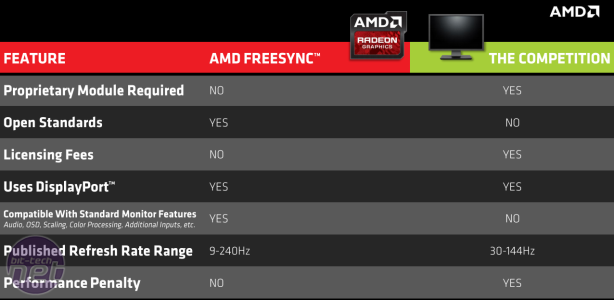
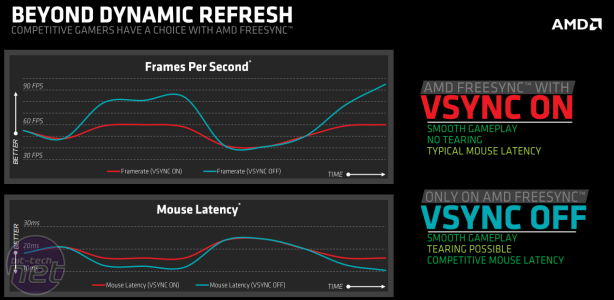
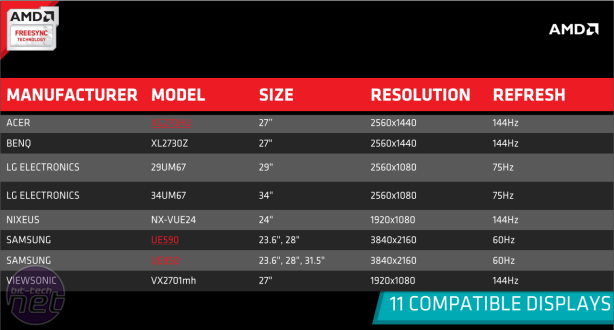
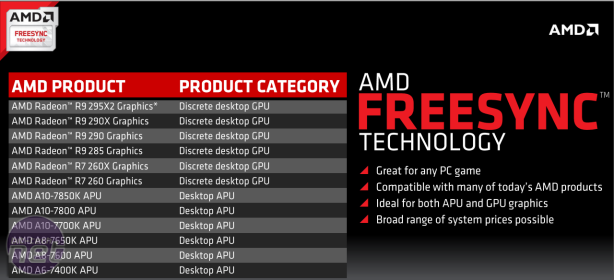
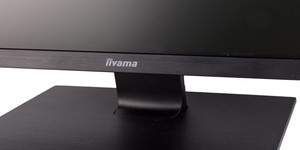






Want to comment? Please log in.